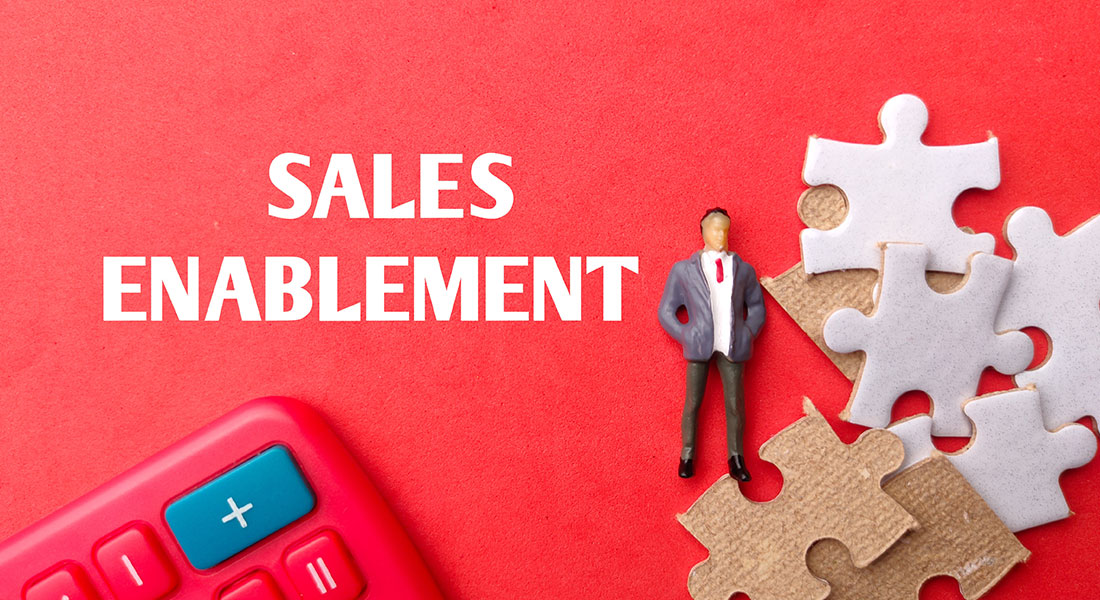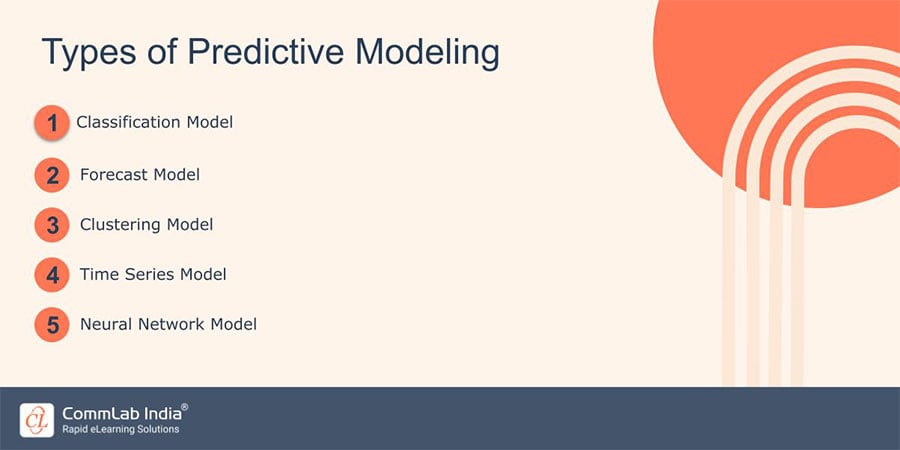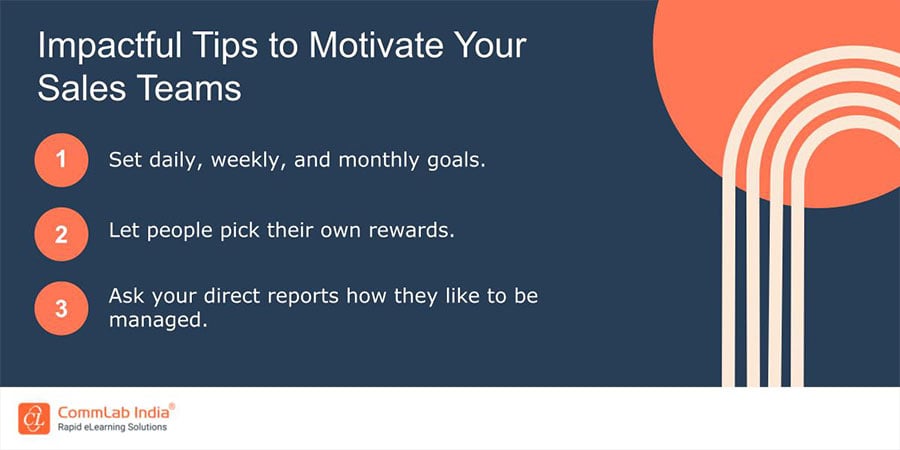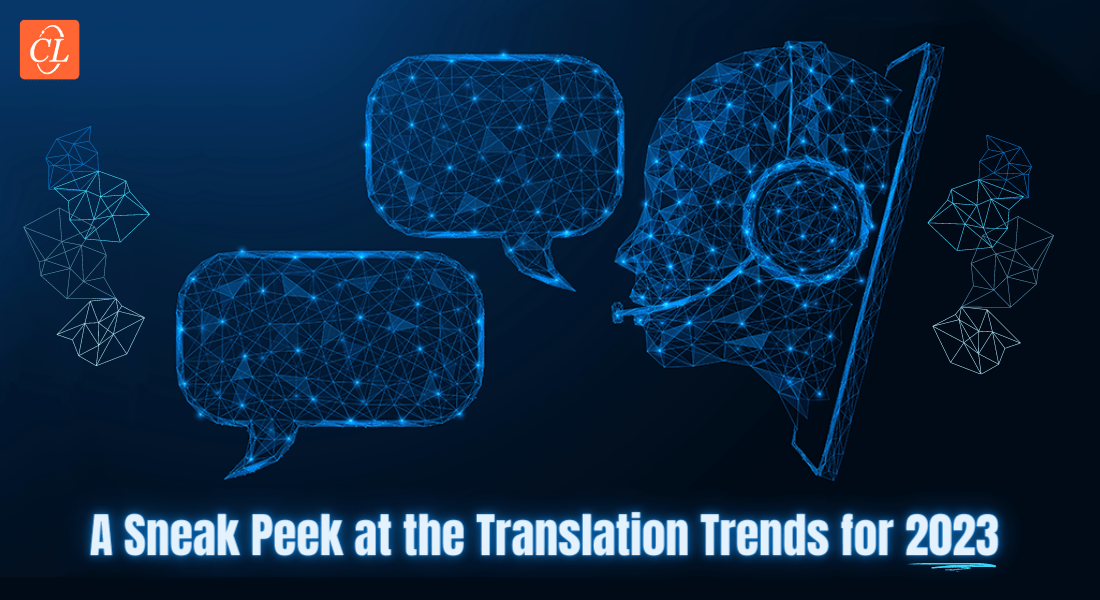The Future of Sales Enablement Training: Top Trends to Watch

Sales enablement training encompasses the process of equipping sales representatives with the knowledge, skills, tools, and resources they need to engage effectively with customers and drive sales. Sales enablement training is a crucial aspect of empowering sales teams to achieve success and meet the market’s ever-changing demands. As technology advances and customer preferences evolve, the landscape of sales enablement training is also rapidly transforming. In this blog post, we will explore the future of sales enablement training and the top trends that are shaping its evolution.
Are You Getting Started with Sales Enablement Training?
Here are a few trends to watch out for –
- Technology-driven sales enablement
- Data-driven sales enablement
- Microlearning and mobile sales training
- Sales gamification and incentives
- Blending sales and marketing enablement
Importance of Sales Enablement for Driving Sales Success
Effective sales enablement is a fundamental factor in a company’s ability to achieve its revenue targets and maintain a competitive edge. It goes beyond product knowledge and includes sales techniques, buyer persona insights, and the use of various tools and technologies. When sales reps are well-trained and equipped, they can articulate the value of products or services clearly, address customer concerns, and build long-lasting relationships with clients. Sales enablement training is the foundation on which successful sales teams are built.
As we move forward, it is crucial to anticipate how sales enablement training will evolve to meet the changing needs of businesses and customers alike. Let’s delve into some of the most prominent trends that will shape the future of sales enablement training.
→ Download eBook Now: Where Does Microlearning Fit in Your Learning Strategy?
5 Emerging Trends Associated with Sales Enablement Training
1. Technology-Driven Sales Enablement
The integration of advanced technologies is revolutionizing the way sales enablement training is delivered. One significant aspect is the use of Artificial Intelligence (AI) and Machine Learning (ML) to personalize training experiences for each sales representative. AI algorithms can analyze individual learning styles, identify knowledge gaps, and recommend relevant training content. This level of personalization ensures that sales reps receive the most pertinent information to enhance their skills and performance.
Virtual Reality (VR) and Augmented Reality (AR) technologies are revolutionizing sales training by offering immersive learning experiences. VR simulations enable sales reps to practice their pitches and negotiation skills in realistic scenarios without real-world consequences. This approach helps build confidence and improves decision-making in high-pressure situations.
Similarly, Augmented Reality (AR) can be utilized in sales enablement to enhance product demonstrations. Sales reps can use AR-powered apps to overlay virtual product models onto the physical environment, allowing customers to imagine and understand products and better understand their features.
2. Data-Driven Sales Enablement
The abundance of data available today provides a wealth of insights into sales performance and customer behavior. Sales enablement is becoming increasingly data-driven, with organizations utilizing data analytics to identify training needs, optimize learning paths, and track sales performance. Data analytics helps identify knowledge gaps among sales reps, enabling targeted training interventions to address specific weaknesses. By analyzing the performance metrics of sales reps, sales enablement leaders can understand which areas need improvement and where individual reps excel.
Predictive analytics takes data-driven sales enablement to a new level by forecasting future sales performance based on historical data and trends. By analyzing past sales data, customer interactions, and market trends, predictive analytics can help identify potential opportunities and risks, allowing sales teams to make informed decisions. Let’s explore various types of predictive analytics’ models.

For example, predictive analytics might reveal that certain products or services tend to perform exceptionally well during specific seasons or in particular geographical regions. Armed with this knowledge, sales enablement can tailor training content to prepare sales reps for these high-demand periods, ensuring they are ready to seize opportunities as they arise.
3. Microlearning and Mobile Sales Training
In today’s fast-paced world, attention spans have become shorter than ever, especially in the context of digital content consumption. Microlearning addresses this challenge by breaking down complex training material into bite-sized, easily digestible modules. Each module focuses on a specific topic or skill, making it more manageable for sales reps to absorb information effectively.Microlearning is particularly well-suited for sales enablement training because it aligns with the on-the-go nature of sales professionals. By delivering short and targeted training content, sales reps can access relevant information when they need it most, even during their busy schedules. Sales enablement teams can break down intricate sales techniques or product information into short video clips, infographics, quizzes, or interactive scenarios.
Mobile sales training is gaining significant traction as sales teams become increasingly mobile and remote. By delivering training content through mobile devices, sales enablement ensures that reps have access to training materials and resources anytime, anywhere, even while on the field or during travel. Mobile training apps and platforms enable sales reps to engage in learning during their downtime, such as during commutes or while waiting for appointments. This flexibility allows reps to stay productive and continuously improve their skills, regardless of their physical location.
Mobile apps can incorporate gamification elements, like challenges, leaderboards, and rewards, to create a more interactive and enjoyable training experience. This approach fosters healthy competition among sales reps, driving engagement and motivation to excel in their training and sales performance.
4. Sales Gamification and Incentives
Gamification applies game mechanics to non-game contexts to drive engagement, motivation, and desired behaviors. In the context of sales enablement training, gamification can transform mundane learning activities into exciting and rewarding experiences. Gamification techniques, such as points, badges, levels, and progress bars, provide immediate feedback and recognition for completing training modules or achieving sales milestones. This instant gratification fosters a sense of achievement, spurring sales reps to complete more training tasks and improve their performance.
Gamification can simulate sales scenarios and challenges, allowing sales reps to practice their skills in a risk-free environment. For example, sales reps might compete in virtual sales competitions or negotiate deals with AI-powered virtual customers to enhance their negotiation skills. Leaderboards publicly showcase top-performing sales reps, fostering healthy competition among team members. Recognizing and rewarding achievements with badges and rewards further motivate sales reps to excel in their training efforts and overall performance.

5. Blending Sales and Marketing Enablement
Effective collaboration between sales and marketing teams is essential for a successful go-to-market strategy. Sales enablement plays a critical role in aligning these two departments, ensuring that they work together seamlessly to drive revenue and deliver a unified customer experience. Sales enablement acts as a bridge between sales and marketing, facilitating the alignment of messaging and positioning. By providing sales reps with a deep understanding of marketing campaigns, product launches, and value propositions, sales enablement ensures that sales reps communicate a consistent brand message to customers.
Sales enablement fosters collaboration between sales and marketing in creating customer-centric sales collateral and resources. Marketing teams can leverage sales insights to develop content tailored to specific buyer personas and stages of the sales funnel, empowering sales reps with relevant materials to engage prospects effectively. By blending sales and marketing enablement, organizations can break down silos, improve communication, and deliver a consistent brand experience to customers, ultimately leading to better business outcomes.
Parting Thoughts!
Sales enablement training is at the forefront of empowering sales teams to achieve success in the dynamic business landscape. Embracing the future of sales enablement is vital for staying ahead in the market. In conclusion, the future of sales enablement training lies in embracing these emerging trends, continuously innovating, and aligning with the ever-changing needs of customers and sales professionals alike. Remember we discussed how microlearning is a game-changer for your sales teams? Here’s a free eBook to clear any sort of remaining doubts possible.



![5 Most Popular eLearning Trends for 2023 to Deliver Impactful Corporate Training [Webinar]](https://blog.commlabindia.com/hubfs/Imported_Blog_Media/elearning-trends-2023-impactful-corporate-training-webinar.jpg)

